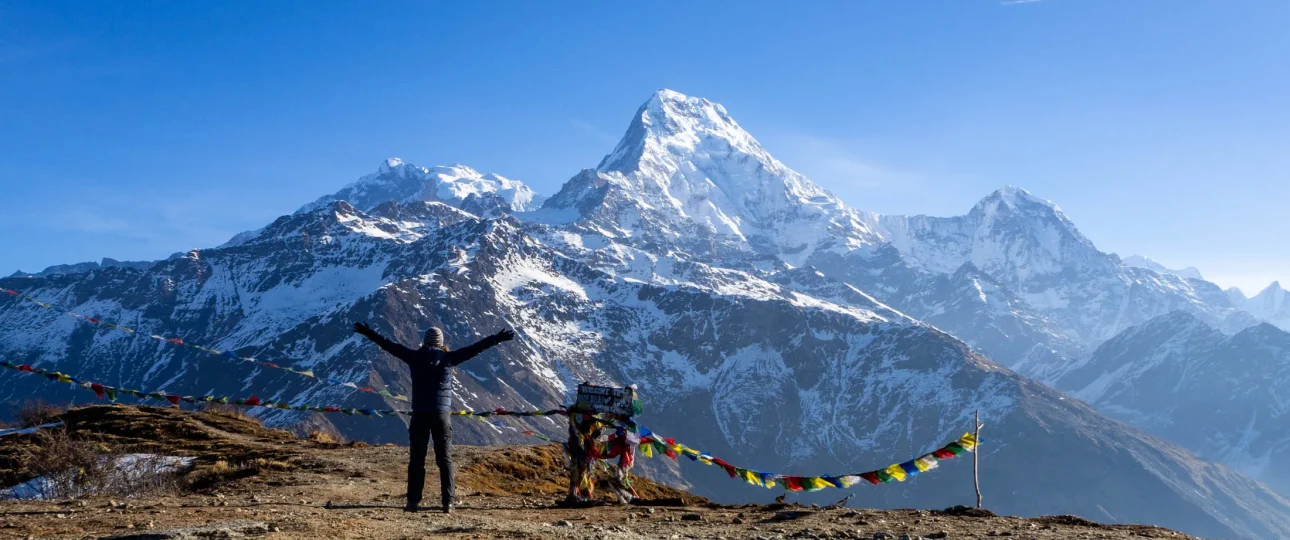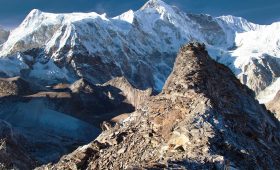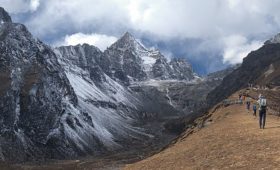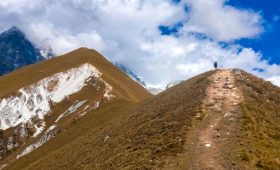When it comes to trekking in Nepal, there are several fascinating facts that make it a unique and enticing destination for adventure enthusiasts. Here are some brief facts about trekking in Nepal:
- Himalayan Haven: Nepal is home to the majestic Himalayas, including Mount Everest – the world’s highest peak. With eight of the fourteen highest mountains in the world, Nepal offers breathtaking trekking routes amidst stunning mountain landscapes.
- Cultural Melting Pot: Trekking in Nepal provides an opportunity to immerse yourself in the rich cultural heritage of the region. The country is a melting pot of diverse ethnic groups, each with its own traditions, languages, and religious practices.
- Teahouse Trekking: Nepal offers a unique teahouse trekking experience, where trekkers can find comfortable accommodation and warm meals in local teahouses or guesthouses along the trekking trails. This allows for a more immersive and convenient trekking experience.
- Wildlife and Nature: Nepal’s trekking routes traverse through diverse ecosystems, from lush forests teeming with wildlife to high-altitude barren landscapes. Trekkers may encounter rare species like the elusive snow leopard, red pandas, and various species of birds.
- Annapurna and Everest Regions: The Annapurna and Everest regions are two of Nepal’s most popular trekking destinations. The Annapurna Circuit and the Everest Base Camp treks offer breathtaking views, challenging terrains, and encounters with local Sherpa communities.
- Conservation Efforts: Nepal has made significant efforts to preserve its natural treasures. Several conservation areas and national parks have been established to protect the biodiversity and natural habitats along the trekking routes.
- Seasons for Trekking: The best time to go trekking in Nepal is during the spring and autumn seasons (March to May and September to November). During these times, the weather is generally favorable, with clear skies and moderate temperatures.
- Permits and Guides: Trekking in Nepal requires obtaining necessary permits, such as the TIMS (Trekkers’ Information Management System) card and the Annapurna or Everest region permits, depending on your chosen route. Hiring a local guide is highly recommended for safety and cultural insights.




